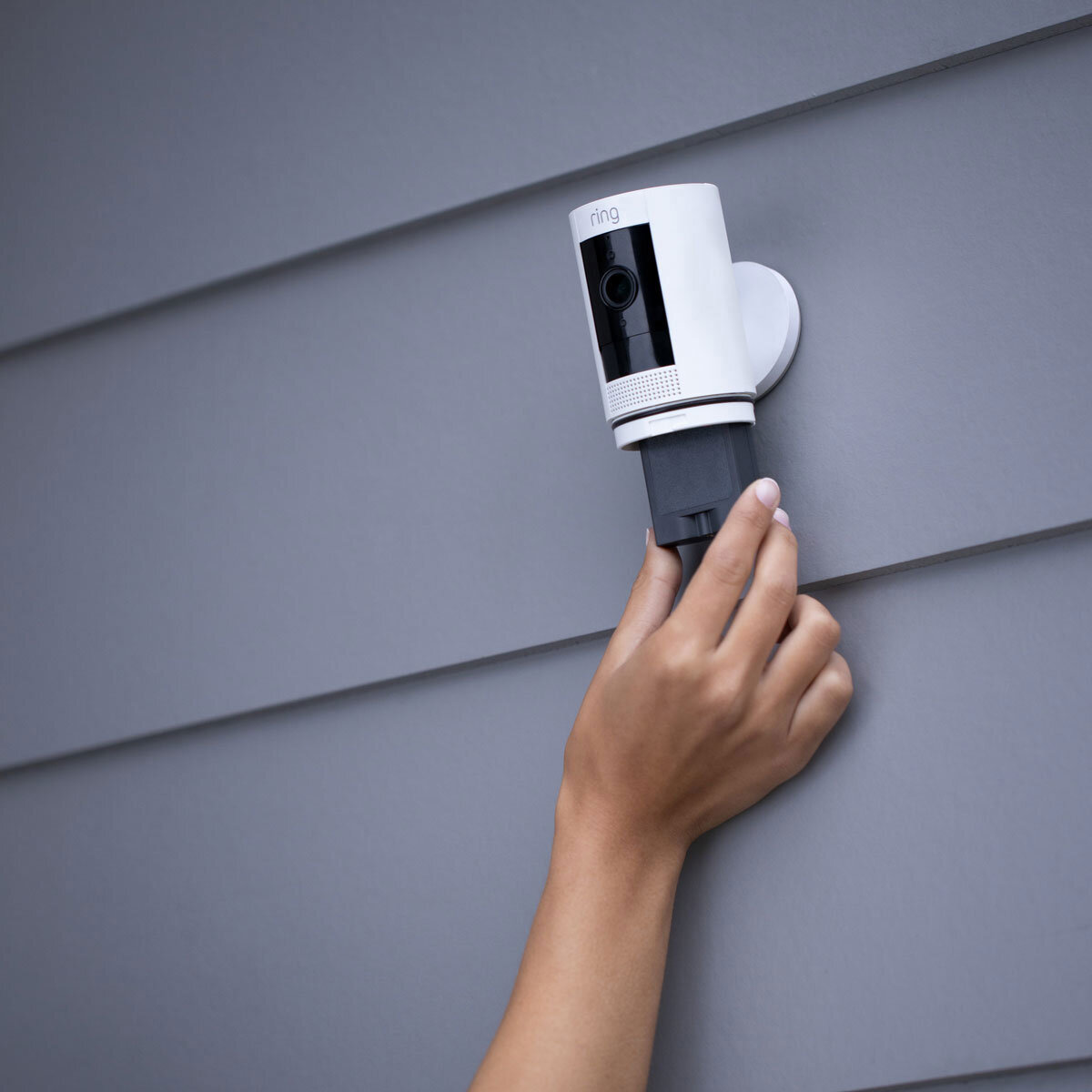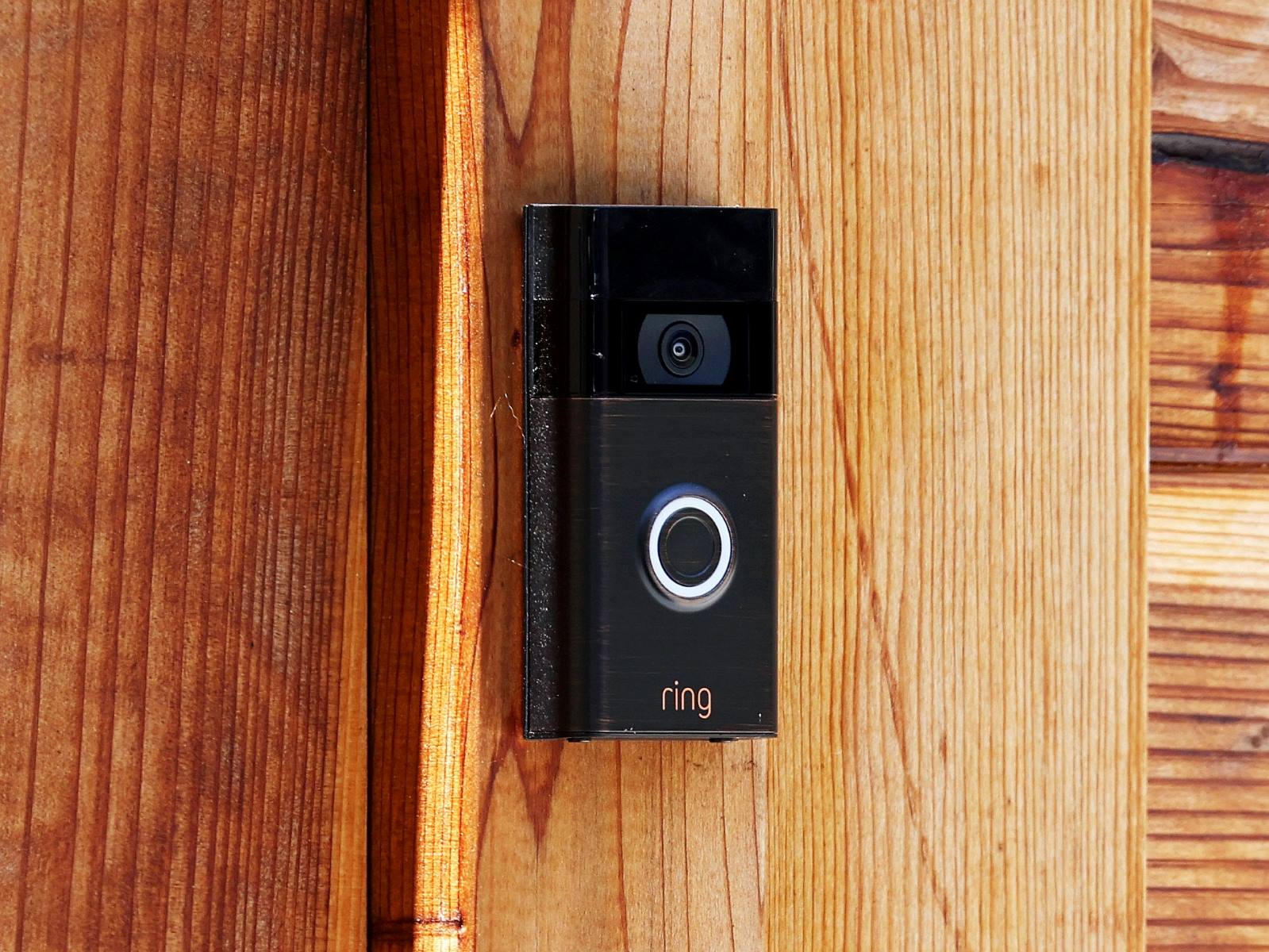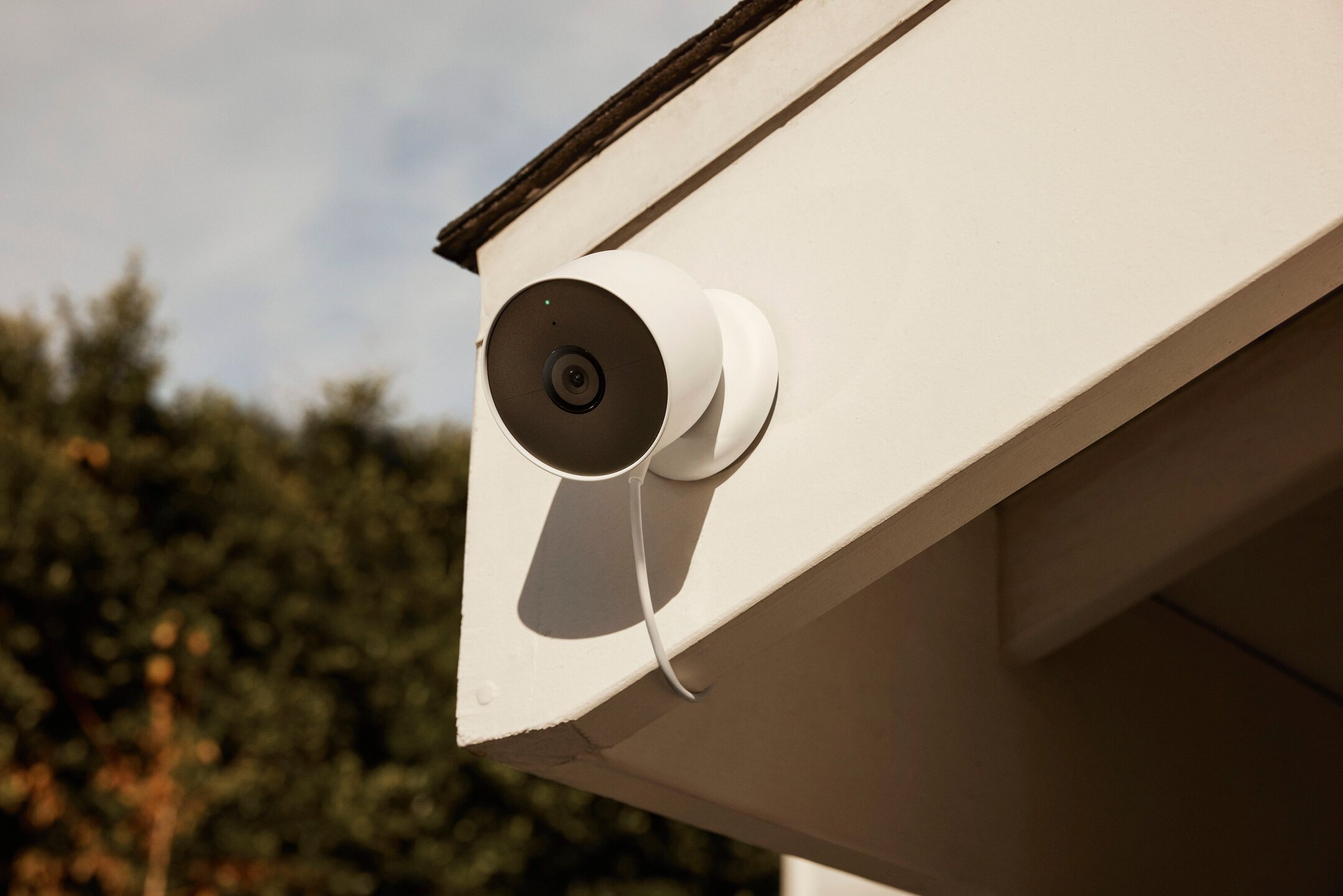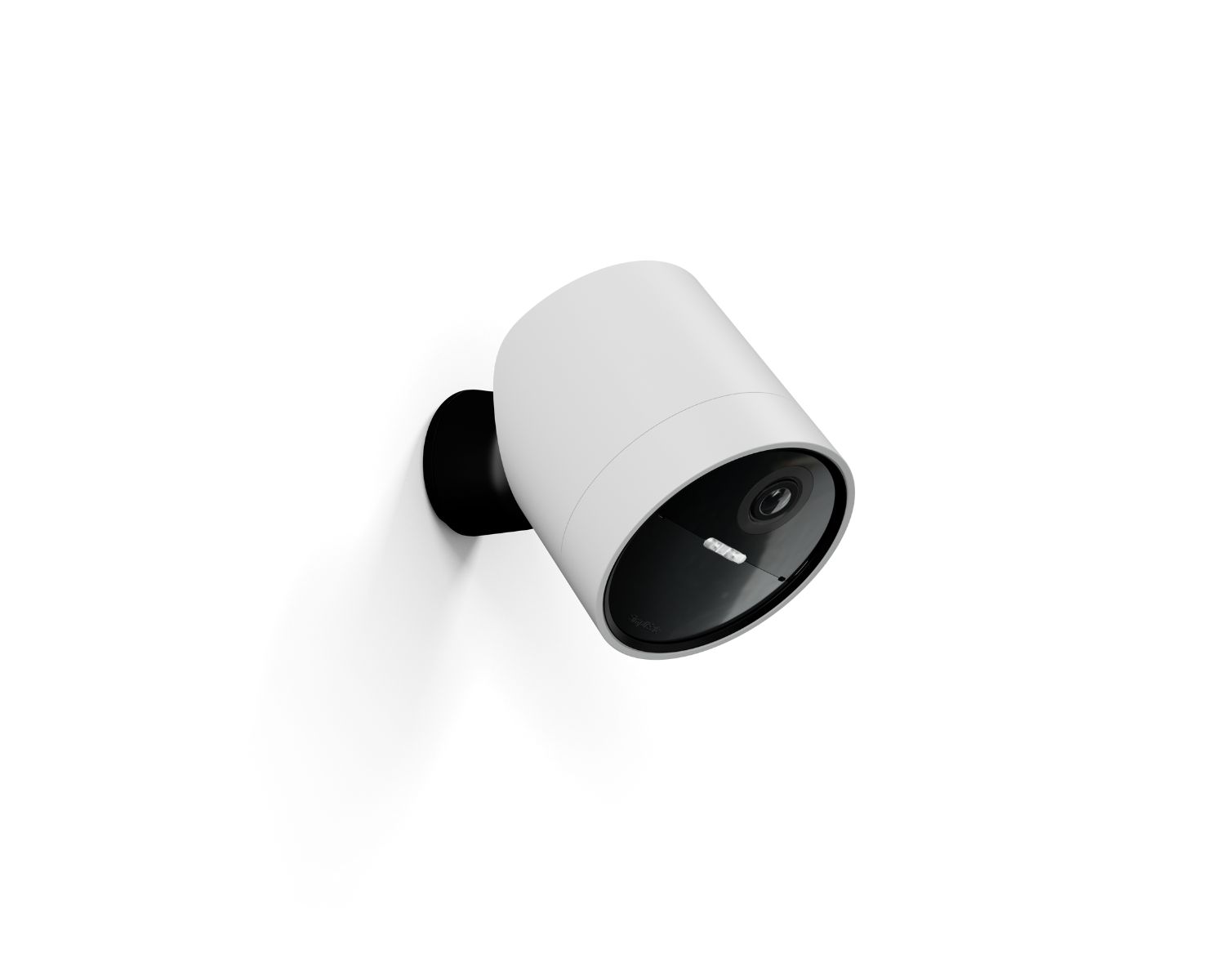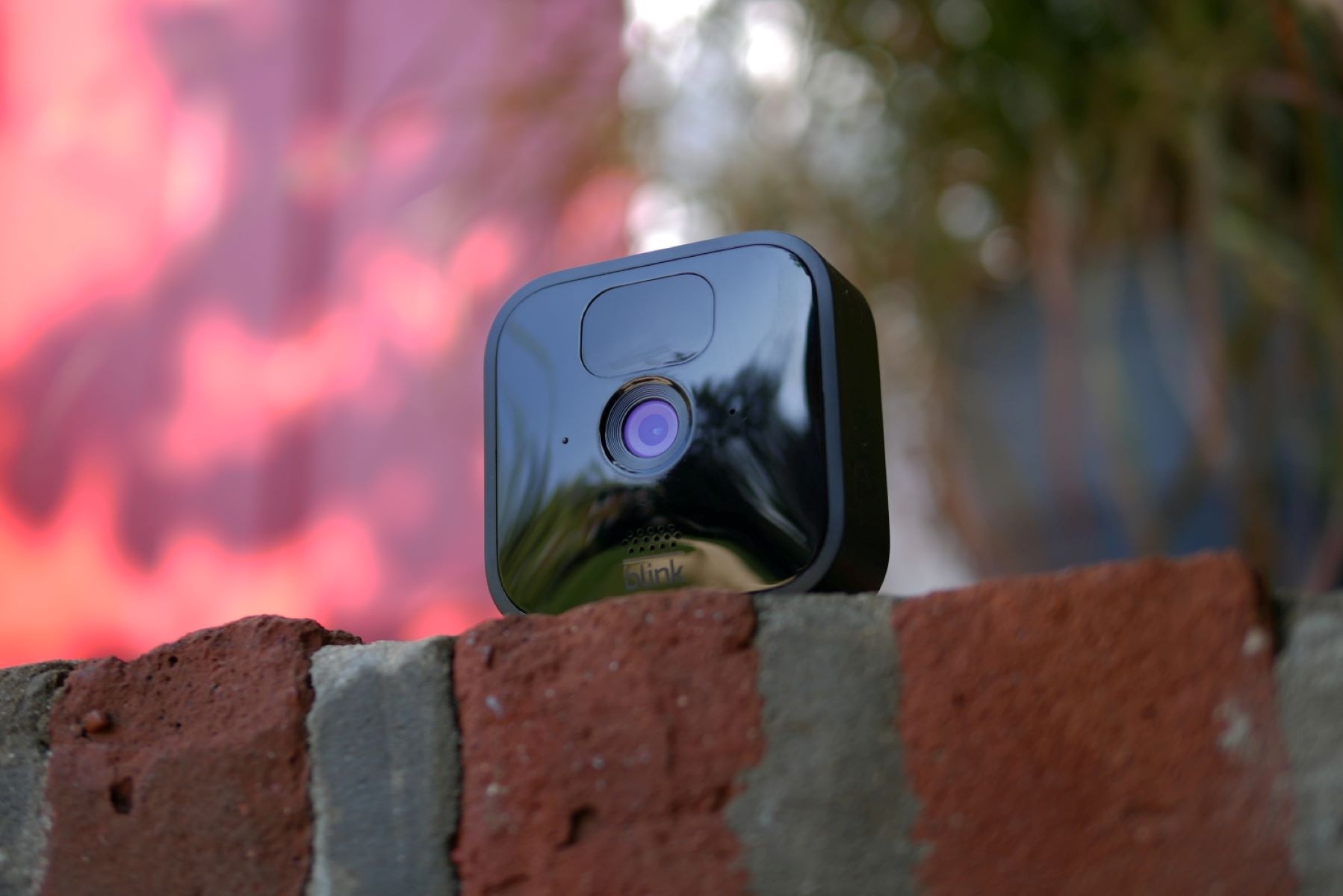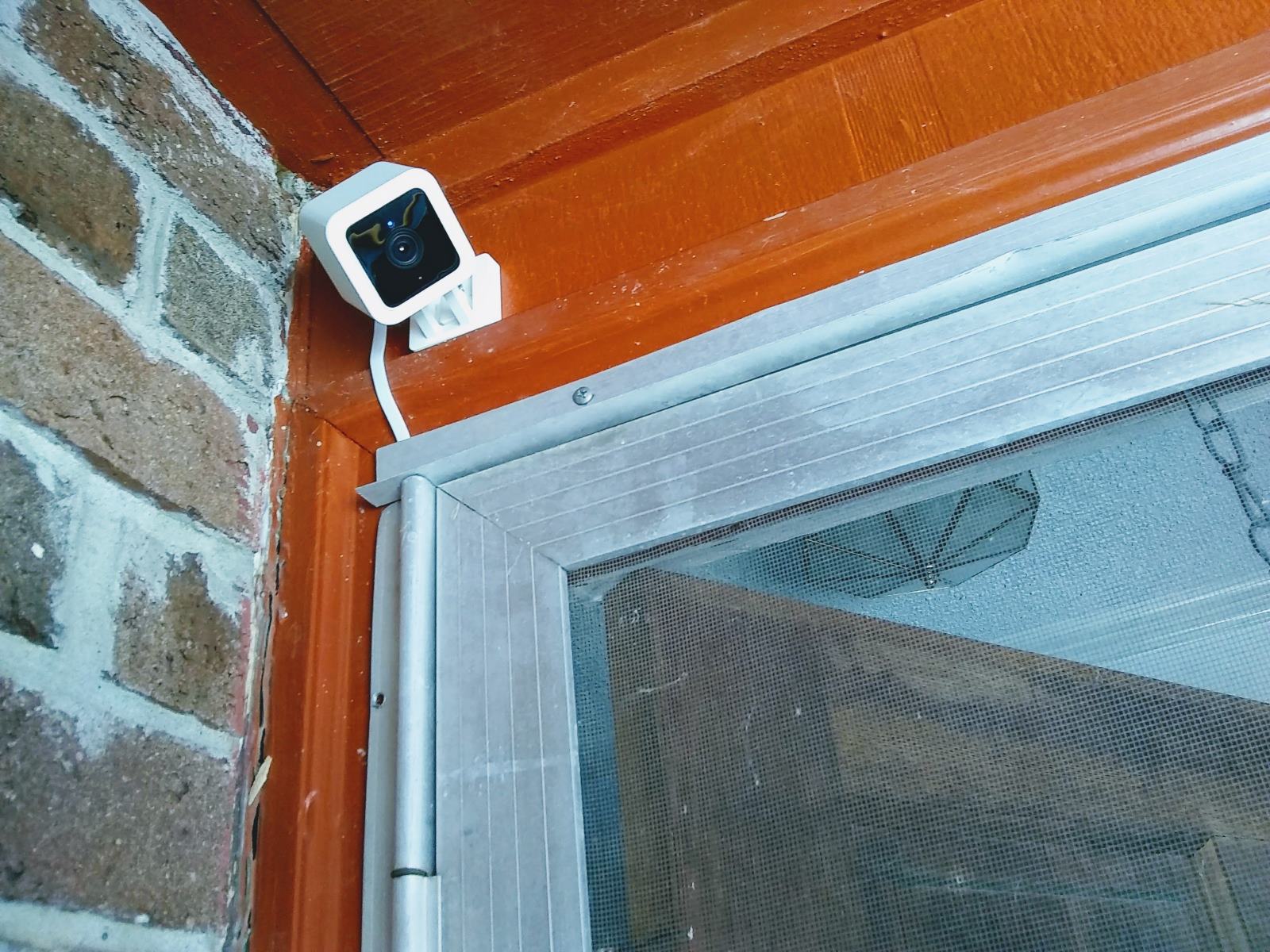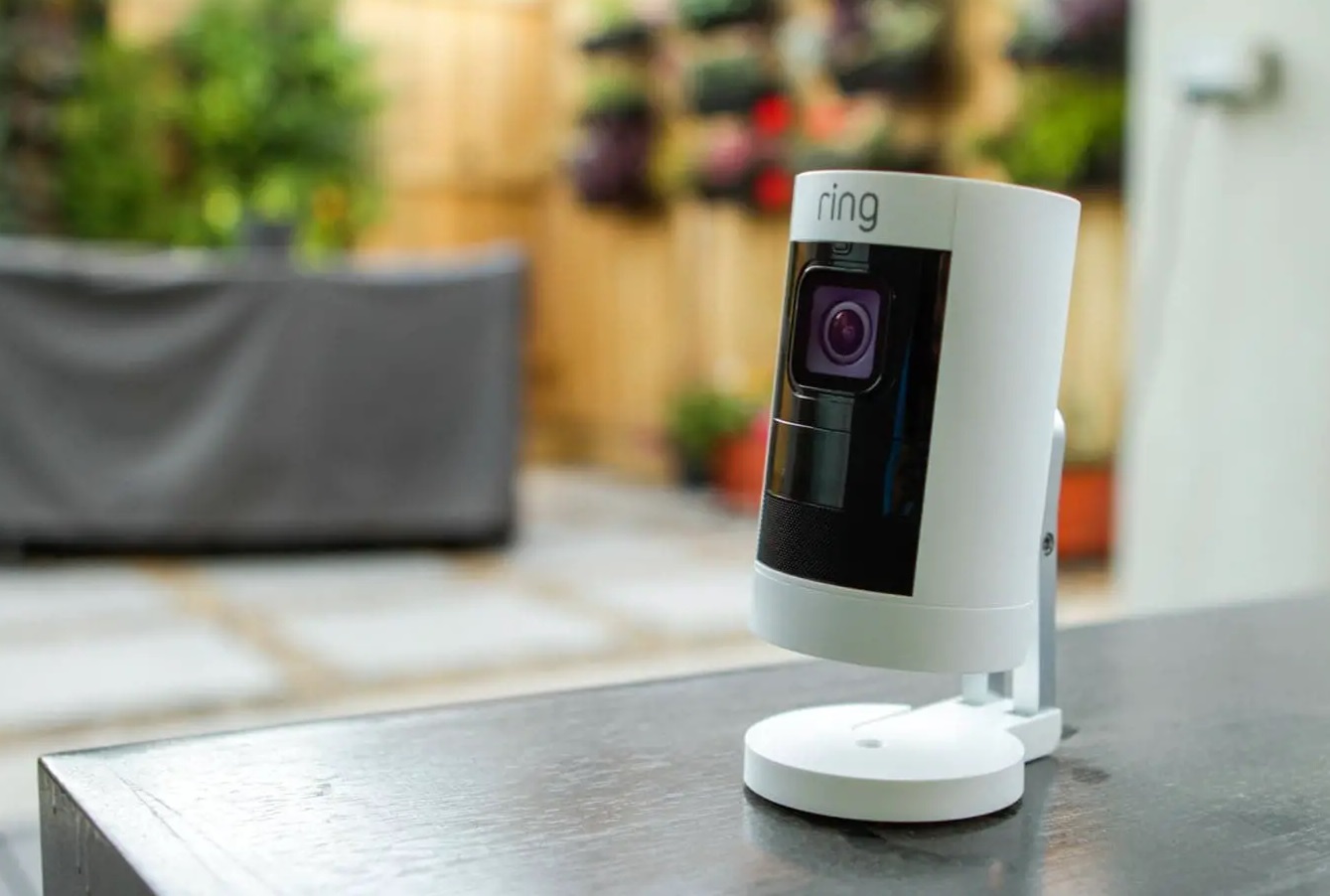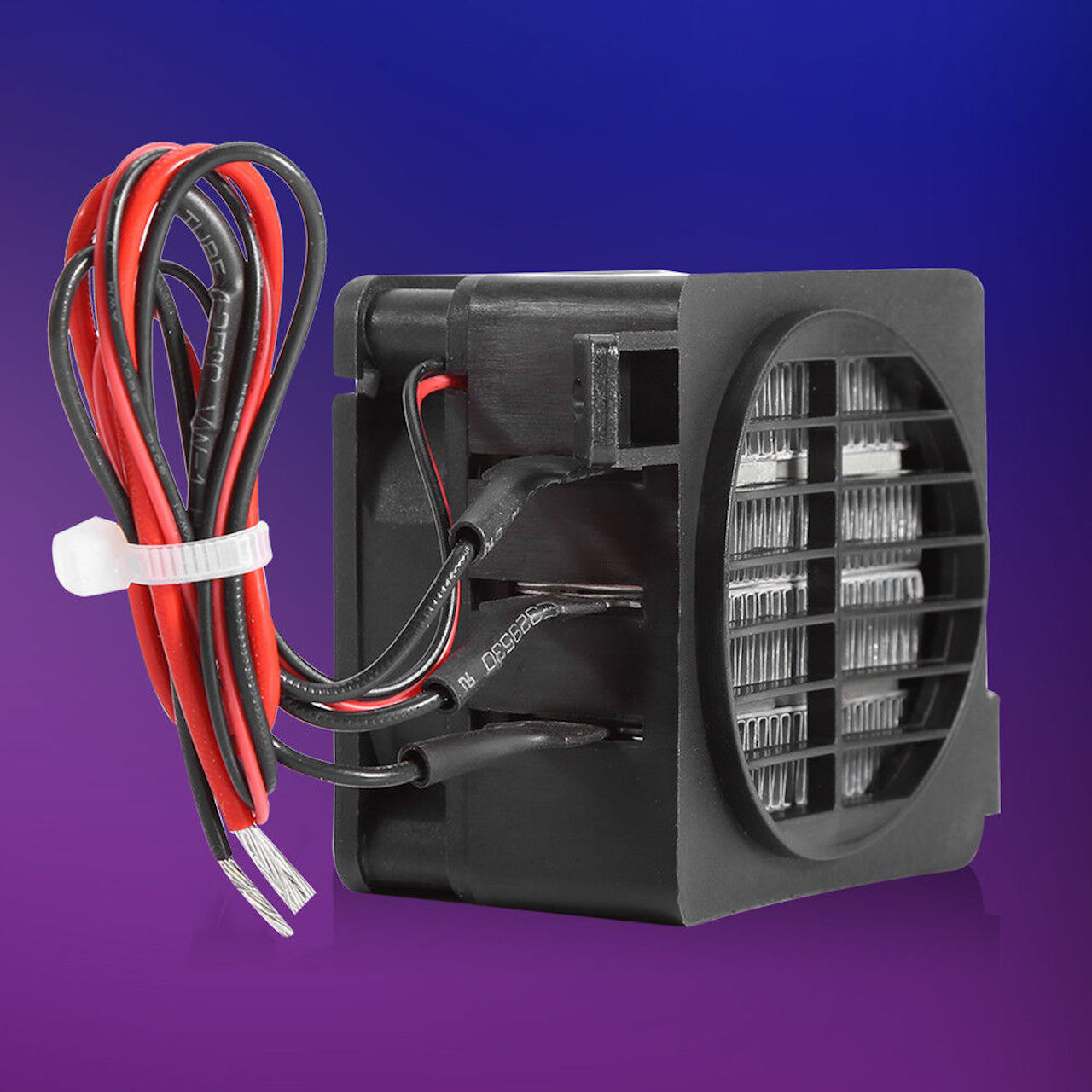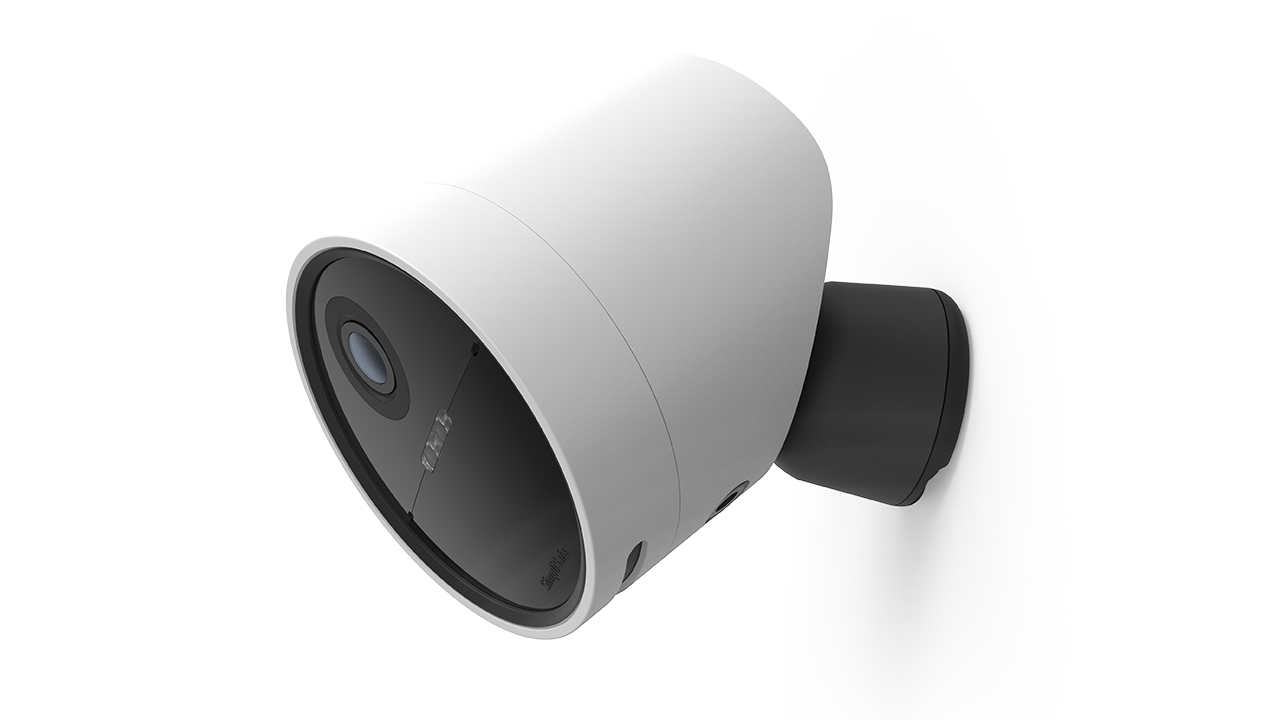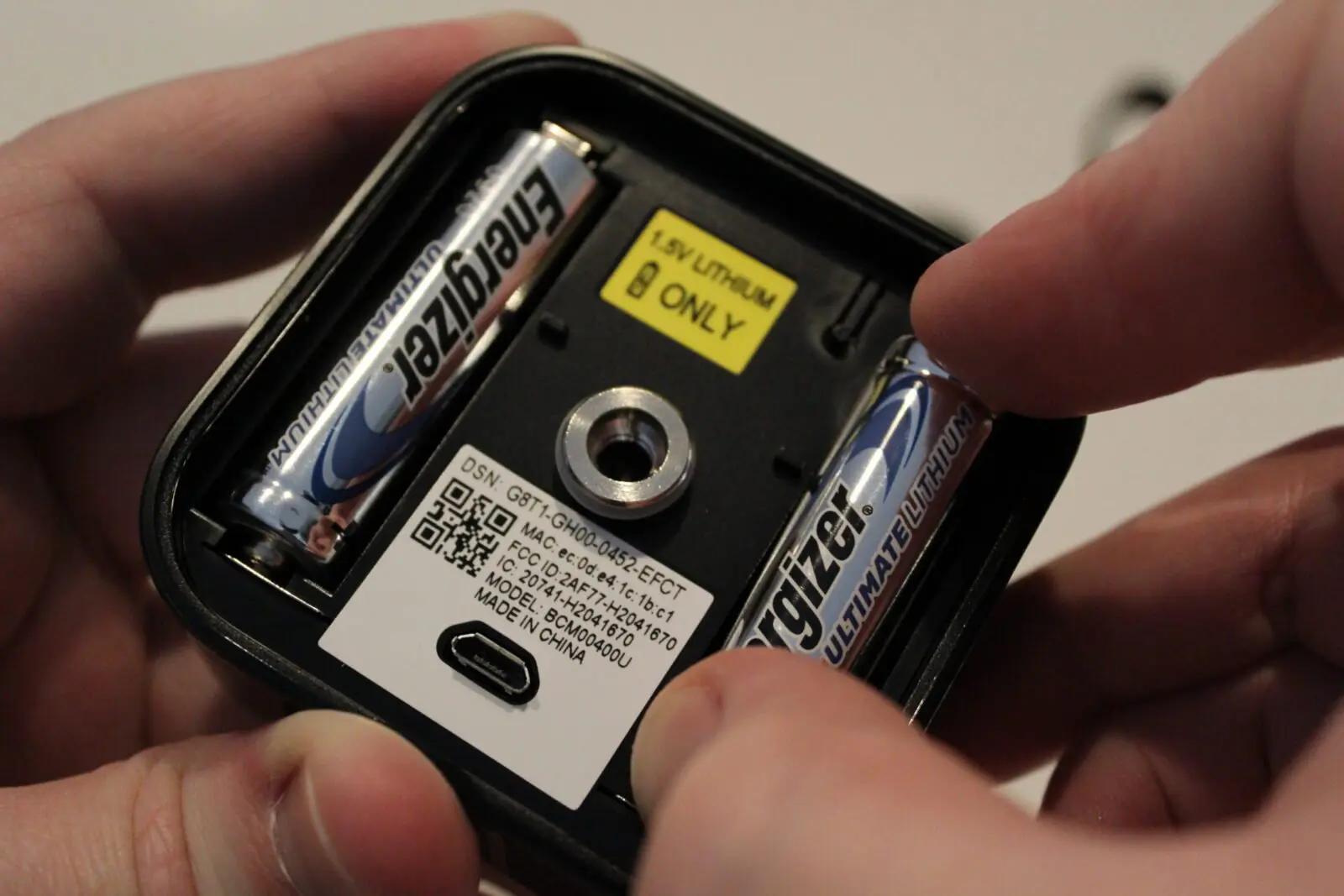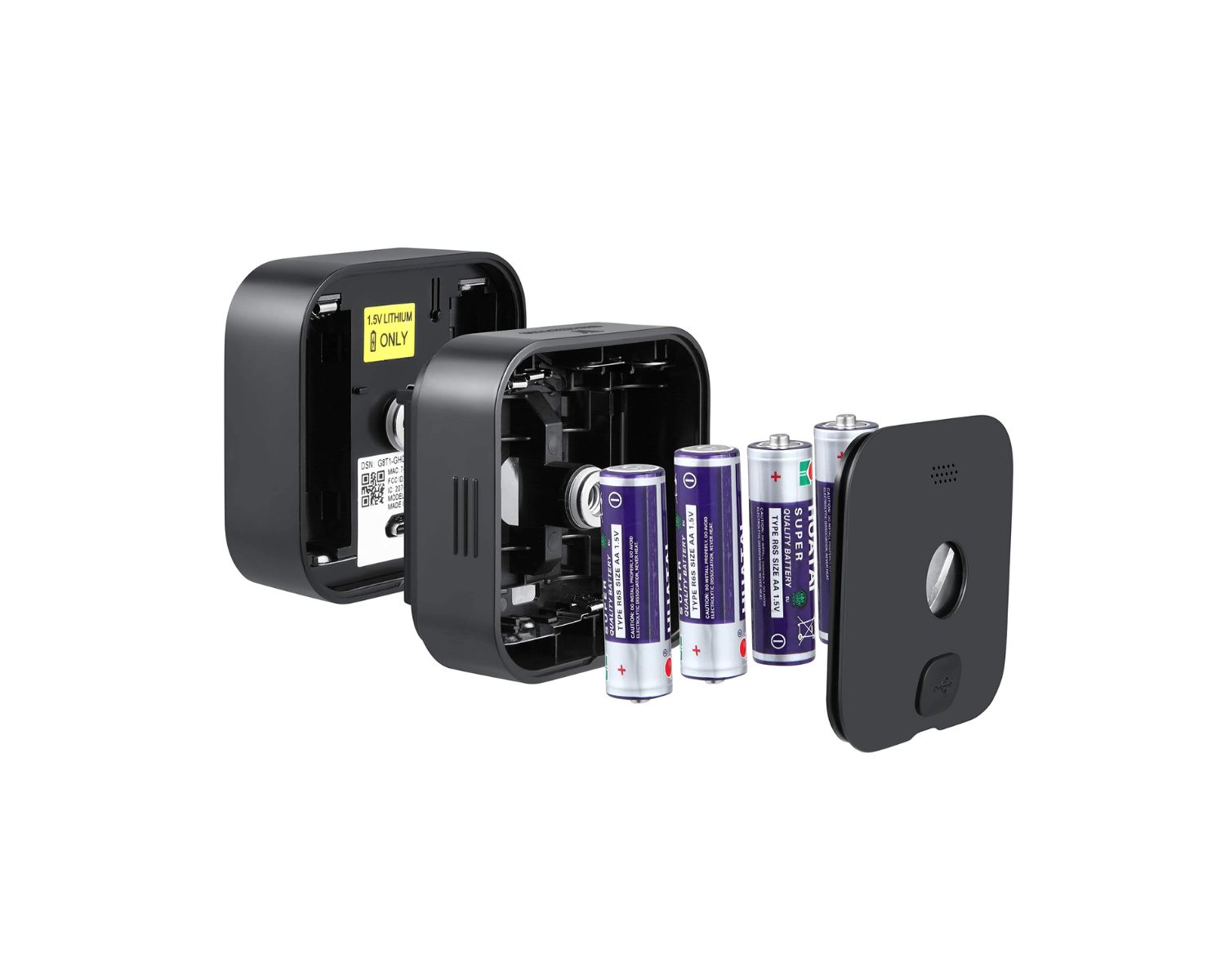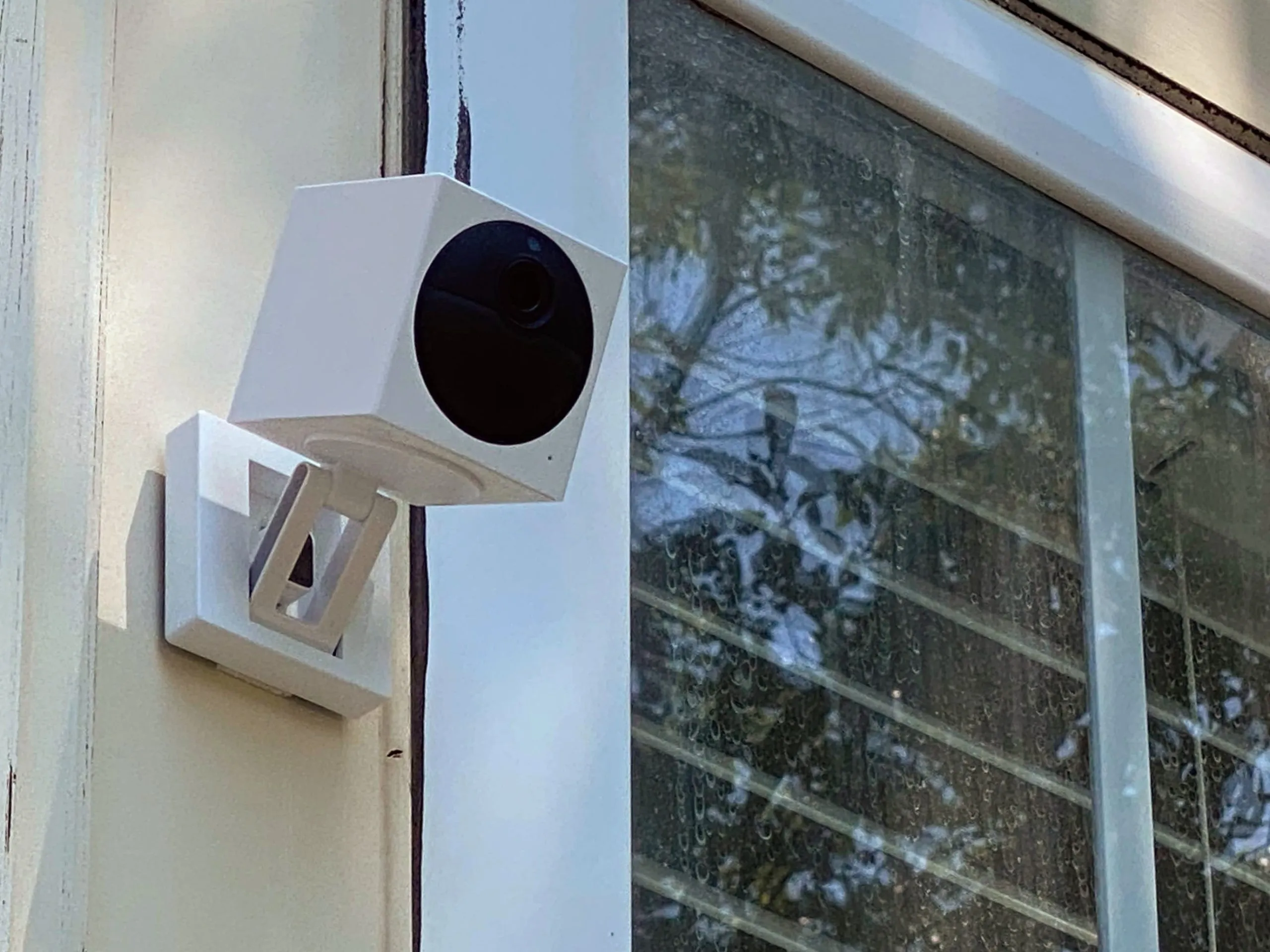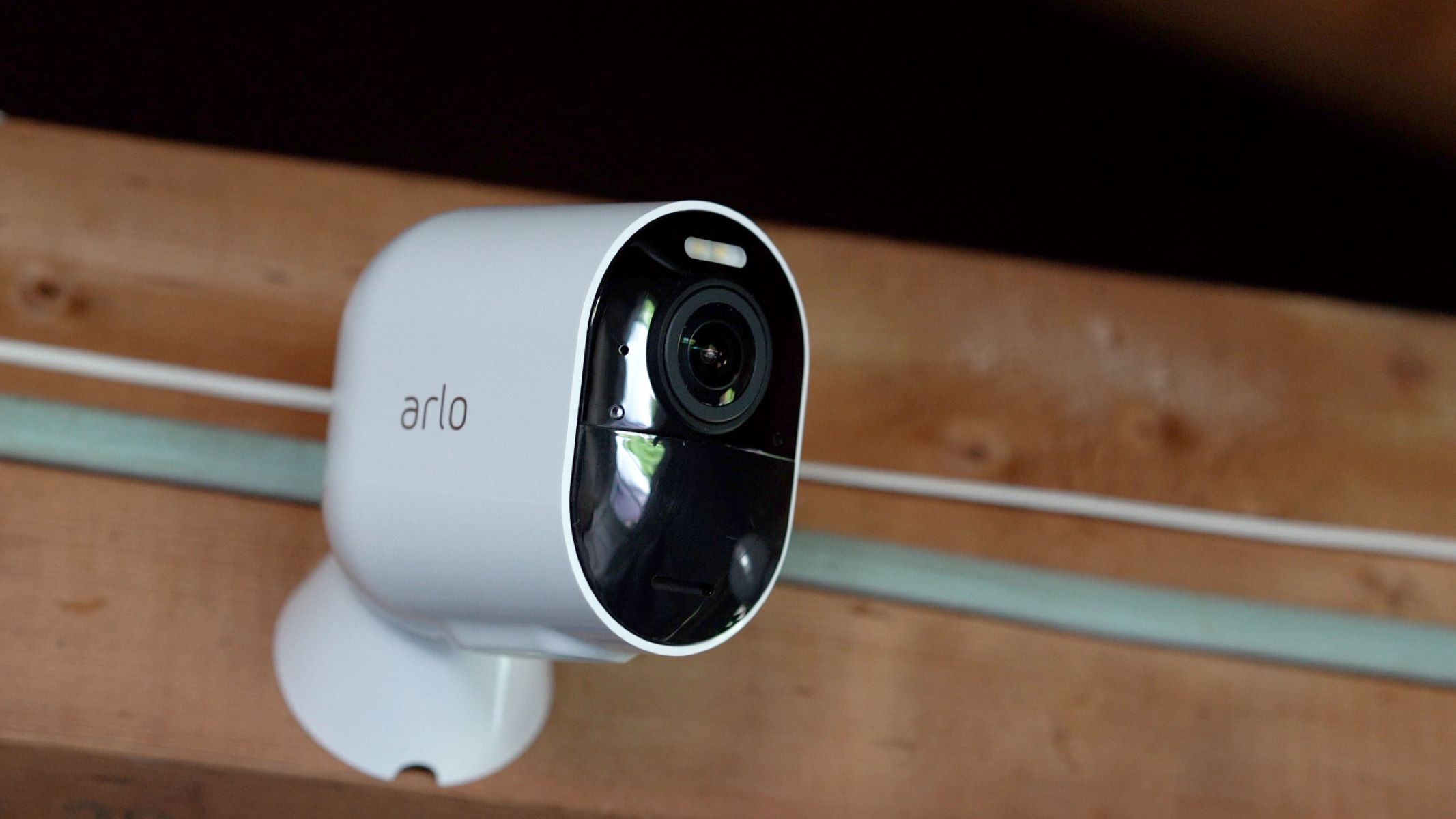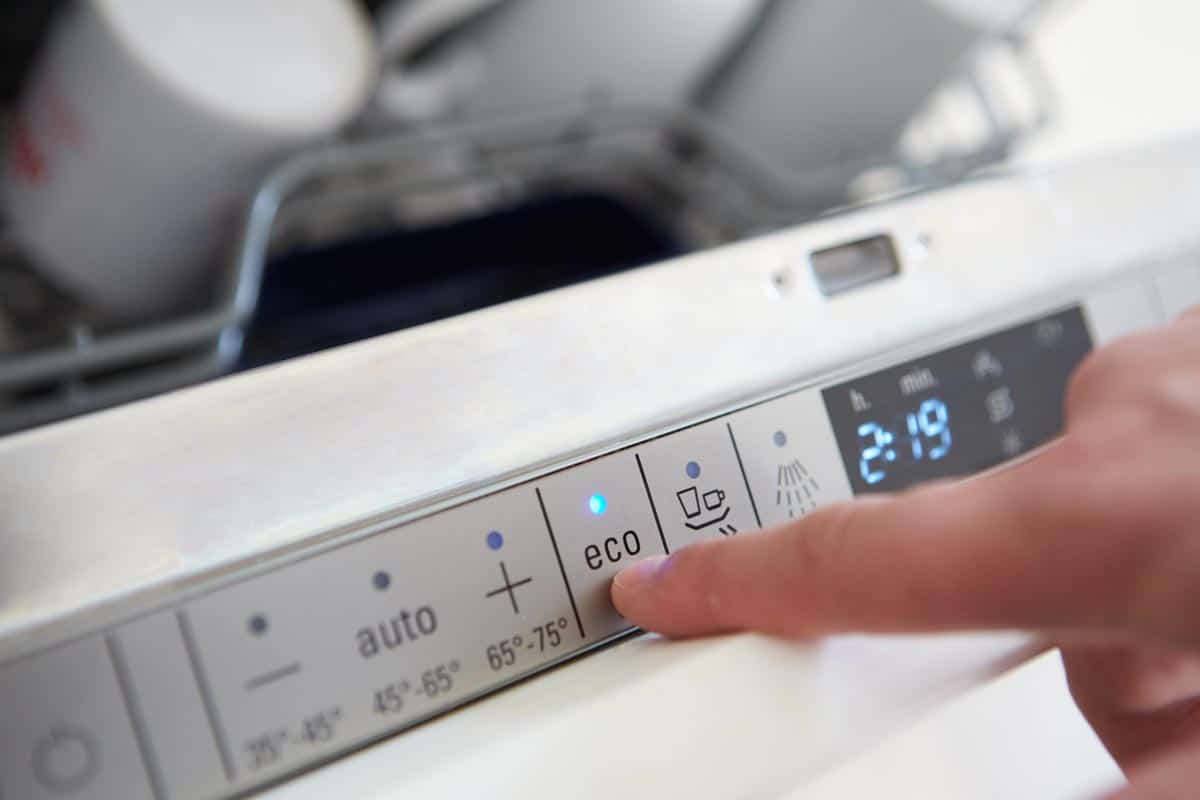Home>Home Security and Surveillance>How Long Does An Outdoor Camera Run On Batteries
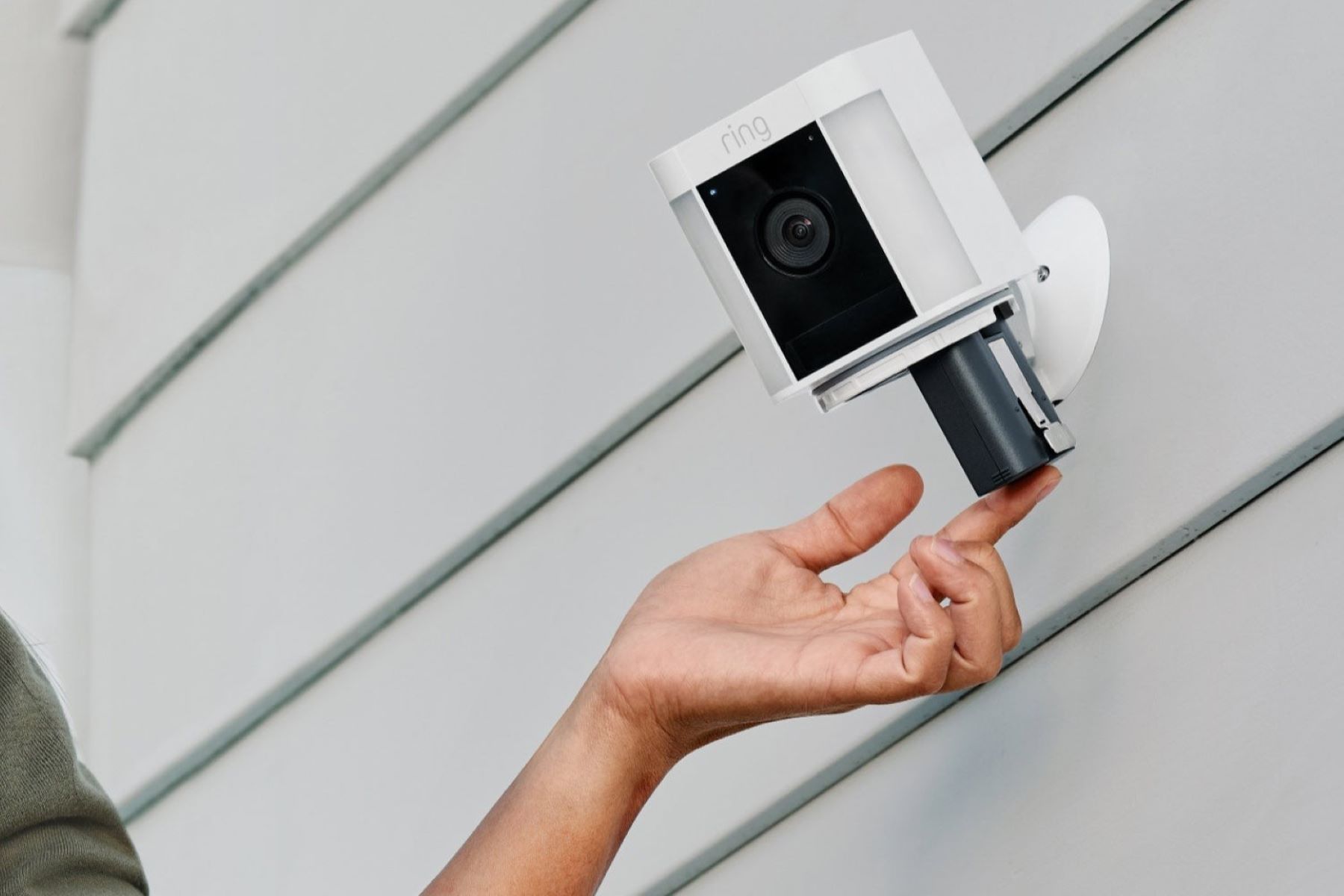

Home Security and Surveillance
How Long Does An Outdoor Camera Run On Batteries
Modified: March 6, 2024
Discover how long home security and surveillance outdoor cameras can run on batteries. Ensure your property's safety without worrying about power!
(Many of the links in this article redirect to a specific reviewed product. Your purchase of these products through affiliate links helps to generate commission for Storables.com, at no extra cost. Learn more)
Introduction
Welcome to our comprehensive guide on how long outdoor cameras can run on batteries. Home security and surveillance systems have become increasingly popular as homeowners seek to protect their properties and loved ones. Outdoor cameras are a crucial component of these systems, providing round-the-clock monitoring and deterrence against potential intruders or suspicious activities.
One of the key considerations when choosing an outdoor camera is the battery life. After all, you want a camera that can operate reliably for extended periods without requiring constant battery changes or recharges. Understanding the factors that affect battery life and the different battery types available is essential for making an informed decision.
In this article, we will explore the various factors that can impact how long outdoor cameras run on batteries, discuss the different battery types suitable for outdoor cameras, and provide an overview of average battery life by brand. Additionally, we will share tips and strategies for extending battery life, explore the pros and cons of rechargeable vs. disposable batteries, and delve into the emerging trend of solar-powered outdoor cameras. By the end of this guide, you will have a clear understanding of how to maximize the battery life of your outdoor camera system.
Key Takeaways:
- Choose outdoor cameras with longer battery life by considering factors like camera settings, environmental conditions, and wireless connectivity. Optimize battery usage to maximize surveillance efficiency and minimize maintenance.
- Consider solar-powered outdoor cameras for continuous surveillance without battery replacements. Evaluate sunlight availability and system compatibility for sustainable and cost-effective security solutions.
Factors Affecting Battery Life
Several factors can impact the battery life of outdoor cameras. Understanding these factors will help you choose the right camera and implement strategies to optimize battery usage. Here are some key considerations:
- Camera Settings: Adjusting the camera settings can significantly impact battery life. Higher resolution and frame rate settings consume more power, so finding the right balance between image quality and battery efficiency is important. Additionally, features like motion detection and continuous recording also affect battery usage.
- Environmental Conditions: Extreme temperatures, particularly cold weather, can negatively impact battery performance. It is essential to choose cameras with a wide operating temperature range and consider insulation or protective covers in extreme climates.
- Wireless Connectivity: Cameras that connect to Wi-Fi or use other wireless protocols will consume more power compared to cameras that operate on a wired connection. Ensure that your cameras have a strong Wi-Fi signal to minimize battery drain.
- Camera Placement: The location and placement of your outdoor cameras can affect battery life. Cameras that constantly monitor high-traffic areas or areas with excessive motion will drain the battery more quickly. Strategic placement and targeted monitoring of specific areas can help optimize battery usage.
- Camera Brand and Model: Different camera brands and models have varying power efficiency. Some manufacturers prioritize battery optimization, resulting in longer battery life. Researching and comparing different brands and models can help you find one that suits your needs.
- Battery Capacity: The capacity of the camera’s battery itself plays a crucial role in determining how long it can run on a single charge. Cameras with higher battery capacity will generally last longer before needing a recharge.
It’s important to note that the above factors interact with each other, and the actual battery life can vary significantly based on the specific combination of factors at play. To ensure optimal battery performance, carefully consider these factors when selecting an outdoor camera and take steps to optimize battery usage based on your specific needs and environment.
Battery Types for Outdoor Cameras
When it comes to outdoor cameras, there are different types of batteries available. Each battery type has its own advantages and considerations. Let’s take a closer look at the most common battery types used in outdoor cameras:
- Alkaline Batteries: Alkaline batteries are widely available and affordable. They are convenient as they can be easily replaced when depleted. However, they are not rechargeable and may need frequent replacement, which can be costly in the long run. Alkaline batteries are suitable for cameras that are not heavily used or require infrequent monitoring.
- Lithium Batteries: Lithium batteries are known for their longer lifespan and higher energy density compared to alkaline batteries. They perform well in extreme temperatures and have a low self-discharge rate, making them suitable for outdoor cameras that require consistent performance. Although lithium batteries are more expensive, their longer lifespan often offsets the initial cost.
- Nickel-Metal Hydride (Ni-MH) Batteries: Ni-MH batteries are rechargeable and offer a good balance of performance and cost-effectiveness. They can be recharged multiple times, reducing the need for frequent battery replacements. Ni-MH batteries are an eco-friendly option and are suitable for cameras that require frequent use and monitoring.
- Lithium-ion (Li-ion) Batteries: Li-ion batteries are commonly used in electronic devices, offering a high energy density and longer lifespan. They are lightweight and have a low self-discharge rate. Li-ion batteries are rechargeable and provide consistent power output, making them ideal for outdoor cameras that operate for extended periods.
When choosing the battery type for your outdoor camera, consider factors such as battery life, cost, performance, and environmental impact. Evaluate your specific requirements and assess the pros and cons of each battery type to make an informed decision that aligns with your needs.
Average Battery Life by Brand
When considering the battery life of outdoor cameras, it’s important to note that the actual battery life can vary significantly depending on multiple factors, including camera settings, usage, and environmental conditions. However, some brands are known for offering longer battery life compared to others. Here are a few popular brands and their average battery life:
- Ring: Ring is a well-known brand in the home security industry. Their battery-powered outdoor cameras, such as the Ring Stick Up Cam, offer an average battery life of around 3 to 6 months, depending on usage and settings.
- Arlo: Arlo is known for its wireless security camera systems. Their battery-powered outdoor cameras, like the Arlo Pro 3, typically provide an average battery life of 3 to 6 months, depending on motion activity and video quality settings.
- Blink: Blink, owned by Amazon, offers battery-powered outdoor cameras that can last for up to 2 years on a single set of batteries. The exact battery life may vary depending on camera usage and settings.
- Google Nest: Google Nest security cameras, such as the Nest Cam Outdoor, feature a wired power option but can also run on batteries. The battery life for Google Nest cameras varies depending on factors like camera settings and connectivity but typically ranges from 3 to 6 months.
While these figures represent average battery life, it’s important to note that individual experiences may vary. Factors such as camera settings, motion activity, video quality, and wireless connectivity can influence the actual battery life you can expect from a specific brand or model. It’s always advisable to check the manufacturer’s specifications and user reviews for more accurate information regarding battery life.
Remember, implementing strategies to optimize battery usage, such as adjusting camera settings and minimizing unnecessary motion detection, can help extend the battery life of your outdoor camera regardless of the brand.
Choose a camera with long battery life or consider using rechargeable batteries to extend the running time of your outdoor camera. Regularly check and clean the camera to ensure optimal performance.
Tips for Extending Battery Life
Extending the battery life of your outdoor cameras is essential for minimizing the frequency of battery replacements or recharges. Here are some tips and strategies to help optimize the battery life of your cameras:
- Optimize Camera Settings: Adjust the camera settings to find the right balance between image quality and battery efficiency. Lowering the resolution and frame rate can significantly reduce power consumption.
- Use Motion Activation: Instead of continuously recording, enable motion activation to start recording only when motion is detected. This reduces unnecessary battery drain caused by recording long stretches of inactivity.
- Set Activity Zones: Configure activity zones within the camera’s field of view to focus on specific areas where you expect motion. By ignoring non-essential zones, you can reduce false triggers and unnecessary recording.
- Adjust Motion Sensitivity: Fine-tune the motion sensitivity settings to avoid excessive triggers from minor movements, such as passing cars or swaying trees. This helps conserve battery power by reducing unnecessary recordings.
- Position Cameras Strategically: Consider the camera’s placement and angle to maximize efficiency. Ensure that the camera is targeted towards areas where motion is likely to occur, avoiding unnecessary recordings and conserving battery power.
- Maintain a Strong Wi-Fi Signal: A weak or unstable Wi-Fi signal can drain battery life as the camera continuously attempts to establish and maintain a connection. Ensure your outdoor cameras have a strong and stable Wi-Fi signal to minimize power consumption.
- Manage IR Illumination: Infrared (IR) illumination is used for night vision capability. If your camera has this feature, adjust the IR illumination settings according to your needs. Using IR illumination only when necessary can help extend battery life.
- Regularly Update Firmware: Check for firmware updates provided by the camera manufacturer. Software updates often include optimizations and improvements that can enhance battery life.
- Maintain Environmental Considerations: Extreme temperatures, particularly cold weather, can drain battery life. Consider insulating or using protective covers for your outdoor cameras to minimize the impact of harsh weather conditions.
- Keep Batteries Charged: If your camera uses rechargeable batteries, regularly charge them to their full capacity. Properly maintaining and charging the batteries will ensure optimal performance and longer battery life.
By implementing these tips and strategies, you can maximize the battery life of your outdoor cameras, providing extended periods of reliable surveillance and minimizing the need for battery replacements or recharges.
Rechargeable vs. Disposable Batteries
When it comes to choosing batteries for your outdoor cameras, you have the option of using either rechargeable or disposable batteries. Each type has its own advantages and considerations. Let’s explore the pros and cons of rechargeable and disposable batteries:
Rechargeable Batteries:
Rechargeable batteries offer the convenience of being able to recharge and reuse them multiple times. Here are the benefits of using rechargeable batteries:
- Cost-Effective: While rechargeable batteries may have a higher upfront cost, they are more cost-effective in the long run. You won’t have to continually purchase disposable batteries, resulting in potential cost savings over time.
- Eco-Friendly: Rechargeable batteries are more environmentally friendly as they reduce waste. They can be recharged and reused, minimizing the number of batteries ending up in landfills.
- Convenient: Rechargeable batteries eliminate the need for frequent battery replacements. Once the batteries are depleted, you can simply recharge them and continue using them, minimizing downtime and inconvenience.
- Long-Term Performance: Rechargeable batteries often have a higher capacity than disposable batteries, allowing for longer camera usage on a single charge. This can be particularly beneficial for outdoor cameras that require prolonged monitoring.
Disposable Batteries:
Disposable batteries, also known as primary batteries, are non-rechargeable batteries that are discarded once they are depleted. Here are some considerations for using disposable batteries:
- Easily Replaceable: Disposable batteries are widely available and can be easily replaced if needed. This convenience can be especially beneficial if you don’t have access to a power source for recharging batteries.
- Immediate Availability: In emergency situations or situations where immediate power is required, disposable batteries can provide instant power without the need for charging.
- Best for Infrequent Use: If your outdoor cameras are not in frequent use or do not require constant monitoring, disposable batteries may be a more suitable option. They can provide sufficient power for short-term usage.
- Less Maintenance: With disposable batteries, you don’t have to worry about charging or maintaining them. Once they are depleted, you can simply replace them, eliminating the need for monitoring charging cycles or battery life.
The choice between rechargeable and disposable batteries ultimately depends on your specific needs and preferences. If you value long-term cost savings, environmental sustainability, and the convenience of recharging batteries, then rechargeable batteries are a suitable choice. On the other hand, if you prioritize immediate availability, no maintenance, and infrequent camera usage, disposable batteries may be more appropriate.
Regardless of the battery type you choose, always ensure compatibility with your outdoor camera’s specifications and follow the manufacturer’s recommendations for optimal battery performance.
Solar-Powered Outdoor Cameras
Solar-powered outdoor cameras have gained popularity in recent years as an eco-friendly and cost-effective alternative to traditional battery-powered cameras. These cameras are equipped with solar panels that harness sunlight and convert it into electricity to power the cameras. Here are some key benefits and considerations of solar-powered outdoor cameras:
- Continuous Power Source: Solar-powered cameras offer a continuous power source, as long as they have access to sunlight. They can operate without the need for battery changes or recharges, providing uninterrupted surveillance and peace of mind.
- Eco-Friendly: Solar-powered cameras significantly reduce reliance on disposable or rechargeable batteries, minimizing waste and environmental impact. They harness clean and renewable energy, making them an environmentally conscious choice.
- Cost Savings: While solar-powered cameras may have a higher upfront cost compared to traditional battery-powered cameras, they can lead to long-term cost savings. With no need for battery replacements or recharges, you can save on ongoing battery expenses.
- Ease of Installation: Solar-powered cameras are typically wireless and easy to install. The integrated solar panels eliminate the need for complex wiring or extensive setup, allowing for quick and convenient installation in various locations.
- Remote Locations: Solar-powered cameras are ideal for remote locations or areas without readily available power sources. They can provide surveillance even in areas where electrical infrastructure is limited or nonexistent.
- Backup Battery: Many solar-powered cameras come with backup batteries to store excess power generated by the solar panels. This ensures continuous operation even during periods of low sunlight or extended cloudy days.
- Considerations for Sunlight Availability: Solar-powered cameras require adequate sunlight to operate efficiently. The positioning of the solar panels should consider the availability of direct sunlight throughout the day. Obstructions like trees, buildings, or shadows can reduce the camera’s ability to harness solar energy effectively.
- Variable Sunlight Conditions: Solar-powered cameras may experience reduced power production during extreme weather conditions, such as heavy cloud cover or long periods of rain. It’s important to understand the camera’s capability to handle variable sunlight conditions in your specific location.
- Compatibility: When considering solar-powered outdoor cameras, ensure compatibility with other components of your security system, such as wireless connectivity and video storage options. It’s important to choose cameras that integrate seamlessly with your system.
Solar-powered outdoor cameras are an excellent option for those looking for sustainable and cost-effective surveillance solutions. By harnessing the power of the sun, these cameras offer continuous operation, minimize environmental impact, and reduce long-term expenses. Consider the available sunlight in your area, installation requirements, and system compatibility when opting for solar-powered cameras.
Conclusion
Choosing the right outdoor camera with optimal battery life is crucial for effective home security and surveillance. Understanding the factors that affect battery life, the different battery types available, and the average battery life by brand can help you make an informed decision. Additionally, implementing strategies to extend battery life and considering alternative options like solar-powered cameras can further enhance your surveillance system’s performance.
Factors such as camera settings, environmental conditions, wireless connectivity, and camera placement all play a role in determining battery life. By optimizing these factors and selecting outdoor cameras from reputable brands known for longer battery life, you can maximize the duration between battery replacements or recharges.
When it comes to battery types, you have the choice between rechargeable and disposable batteries. Rechargeable batteries can be more cost-effective and environmentally friendly, while disposable batteries offer convenience and are ideal for infrequent camera use. Consider your specific needs, cost considerations, and sustainability goals when selecting the appropriate battery type.
The emergence of solar-powered outdoor cameras offers an eco-friendly and continuous power source option. With solar panels harnessing sunlight to power the cameras, you can enjoy uninterrupted surveillance while reducing battery waste and long-term expenses. However, it’s essential to consider sunlight availability and variable weather conditions when opting for solar-powered cameras.
In conclusion, selecting the right outdoor camera with optimal battery life is a critical decision for home security. By understanding the factors that affect battery life, assessing different battery types and brands, implementing strategies to extend battery life, and considering sustainable options like solar-powered cameras, you can ensure reliable and long-lasting surveillance for your property. Evaluate your specific needs and environment, research thoroughly, and choose wisely to enhance the effectiveness of your home security system.
Frequently Asked Questions about How Long Does An Outdoor Camera Run On Batteries
Was this page helpful?
At Storables.com, we guarantee accurate and reliable information. Our content, validated by Expert Board Contributors, is crafted following stringent Editorial Policies. We're committed to providing you with well-researched, expert-backed insights for all your informational needs.
